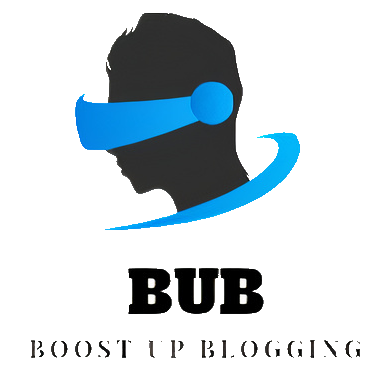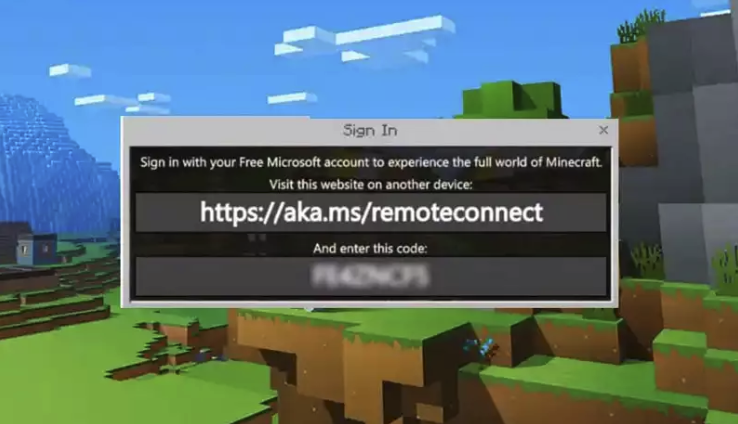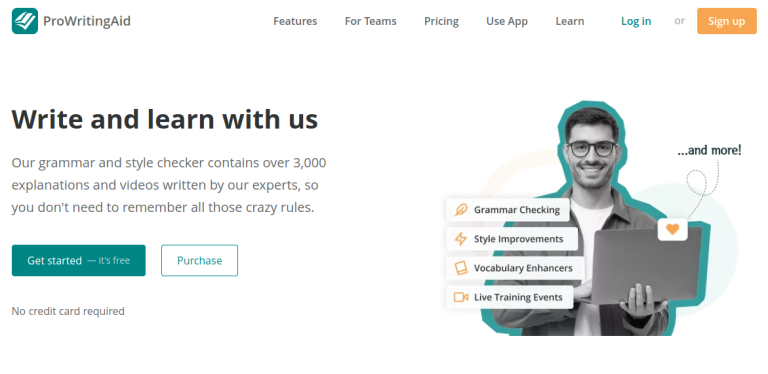How to Write an Information Technology Resume (With Examples)
Looking to land your dream job in IT? Your resume is your golden ticket. It needs to be clear, sharp, and tailored. But don’t worry — writing an Information Technology resume can be easy and even a little fun. Let’s walk through how to make yours awesome!
Start With the Basics
Your resume must tell the basics first. Employers want to know who you are and how to reach you. So at the very top, include:
- Your full name
- Email address
- Phone number
- LinkedIn profile (optional but great!)
- GitHub or personal website (for tech portfolios)
Tip: Avoid using a quirky email like codeboy2000@email.com. Keep it professional!
Write a Killer Summary
This is your elevator pitch. A short paragraph at the top of your resume that tells recruiters what makes you special.
Example:
Detail-oriented IT professional with 4+ years of experience in system administration and network security. Proven ability to reduce downtime and improve team efficiency by 30%. Looking to bring technical expertise to a fast-paced tech environment.
Make it pop! Use numbers to show your impact.
Show Off Your Skills
This is where the magic happens. Highlight your technical powers. But keep it clean and categorized.
Technical Skills Example:
- Languages: Python, Java, JavaScript, SQL
- Frameworks: React, Node.js, Spring
- Tools: Git, Docker, Jenkins, AWS
- Databases: MySQL, MongoDB
[ai-img]coding, skills, computer screen[/ai-img]
Tip: Only add skills you’re comfortable using in an interview. Don’t list every language known to the internet!
Your Work Experience Matters
Time to shine. List your work experience in reverse-chronological order — most recent job first. For each job:
- Job title
- Company name
- Dates worked
- 2–4 bullet points describing what you did
Example:
IT Support Specialist
TechStars, May 2021 – Present
- Resolved over 400 user support tickets with 95% satisfaction.
- Installed and configured hardware for 100+ employees.
- Trained staff on cybersecurity best practices, reducing incidents by 35%.
Use action verbs like “developed,” “managed,” “led,” or “configured.”
Don’t Forget Your Education
If you’re fresh out of school, this section goes higher on your resume. Otherwise, keep it after work experience.
Example:
Bachelor of Science in Information Technology
University of Newtown – 2020
Bonus points if you list certifications here too:
- AWS Certified Solutions Architect
- CompTIA Security+
- Certified Scrum Master
Customize for Each Job
Don’t be lazy — tailor your resume!
Look at the job description. What do they want? Add matching skills and keywords to your resume. It’ll get past those sneaky systems called ATS (Applicant Tracking Systems).
[ai-img]resume, job search, computer[/ai-img]
Tip: Save different versions of your resume for different roles. One for system engineers, one for developers, and so on!
Make It Pretty (But Not Too Pretty)
Stick to one page if you have under 10 years of experience. Use clear fonts. Add white space. Use bullet points.
Want to be creative? Try simple design templates on sites like Canva or Novoresume that are clean yet modern.
Final Touches
- Proofread! Typos are resume killers.
- Ask a friend to review it.
- Save it as a PDF before sending.
In Summary…
Writing an IT resume doesn’t have to be hard. Highlight what you can do. Back it up with details. Keep it clean and tailored.
And remember, resumes don’t get jobs — people do. But a great resume opens the door.
Now go on, tech star. Build that resume and land your next big gig!






